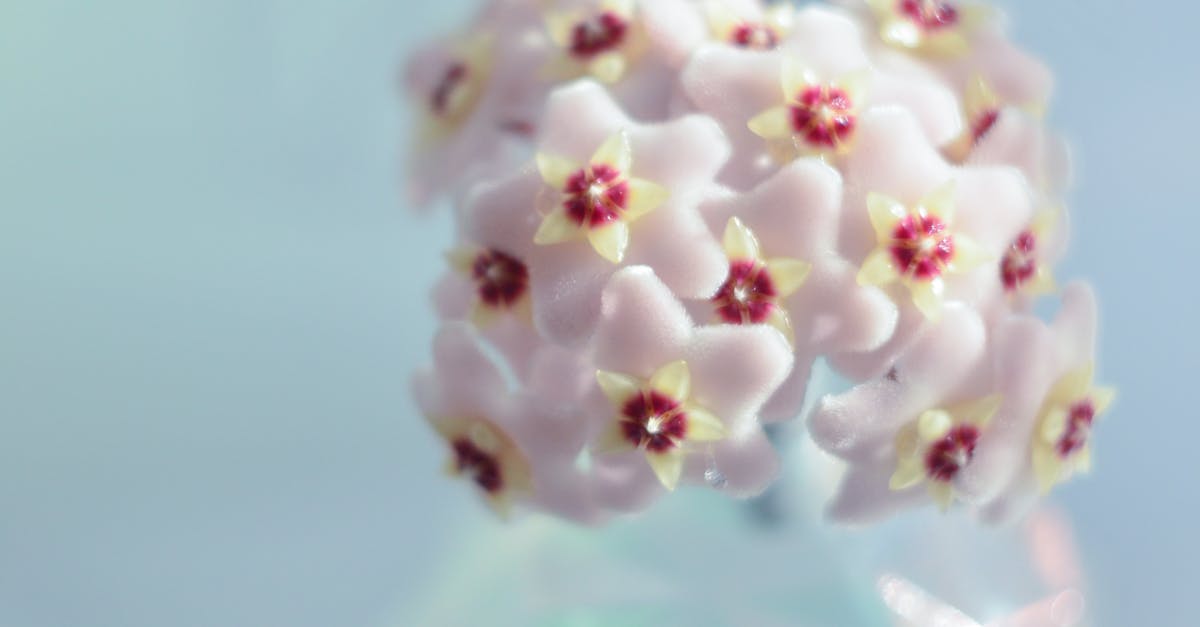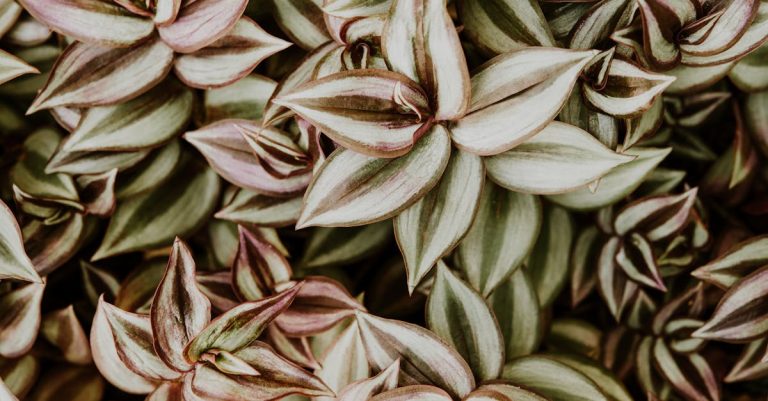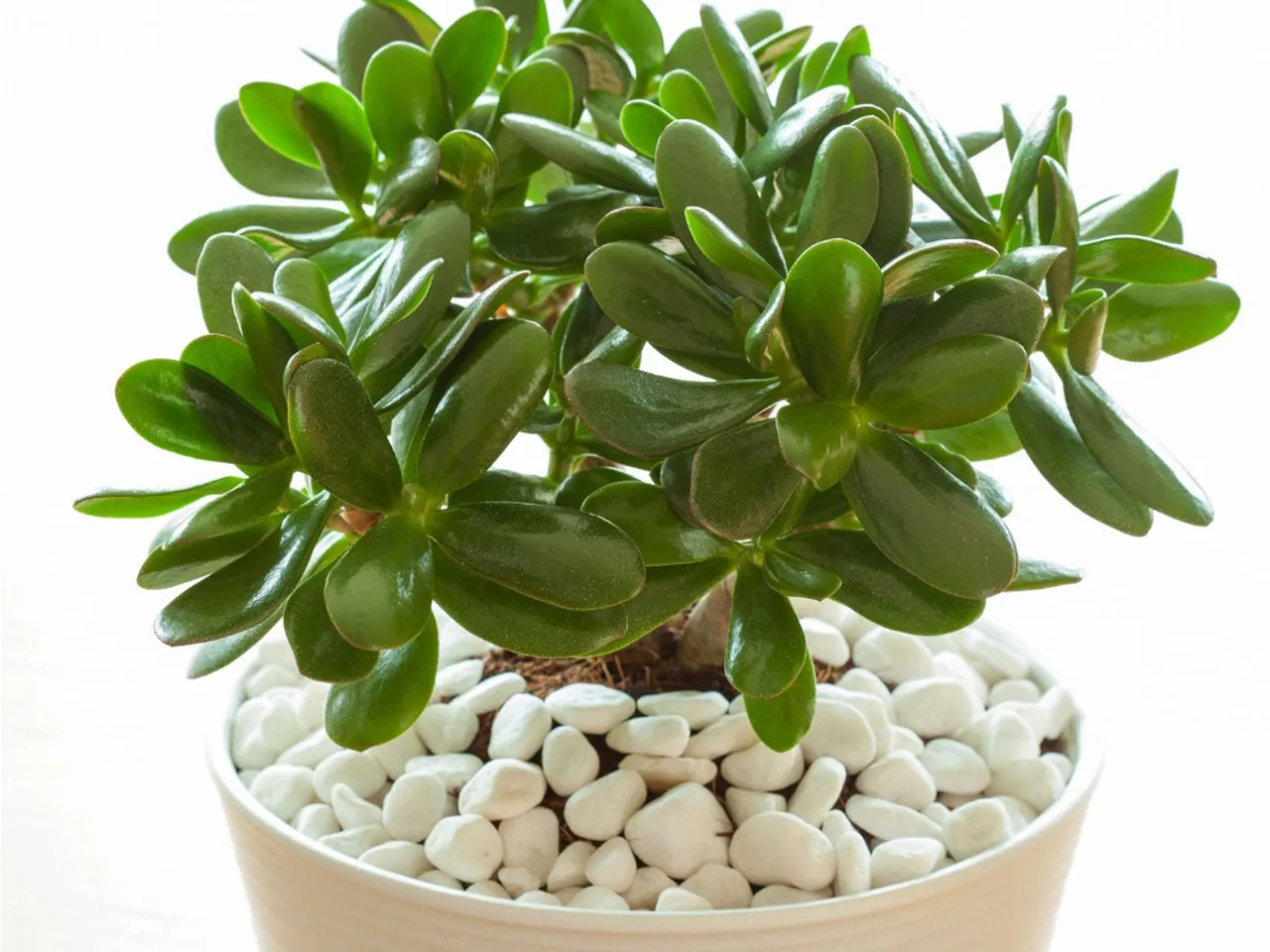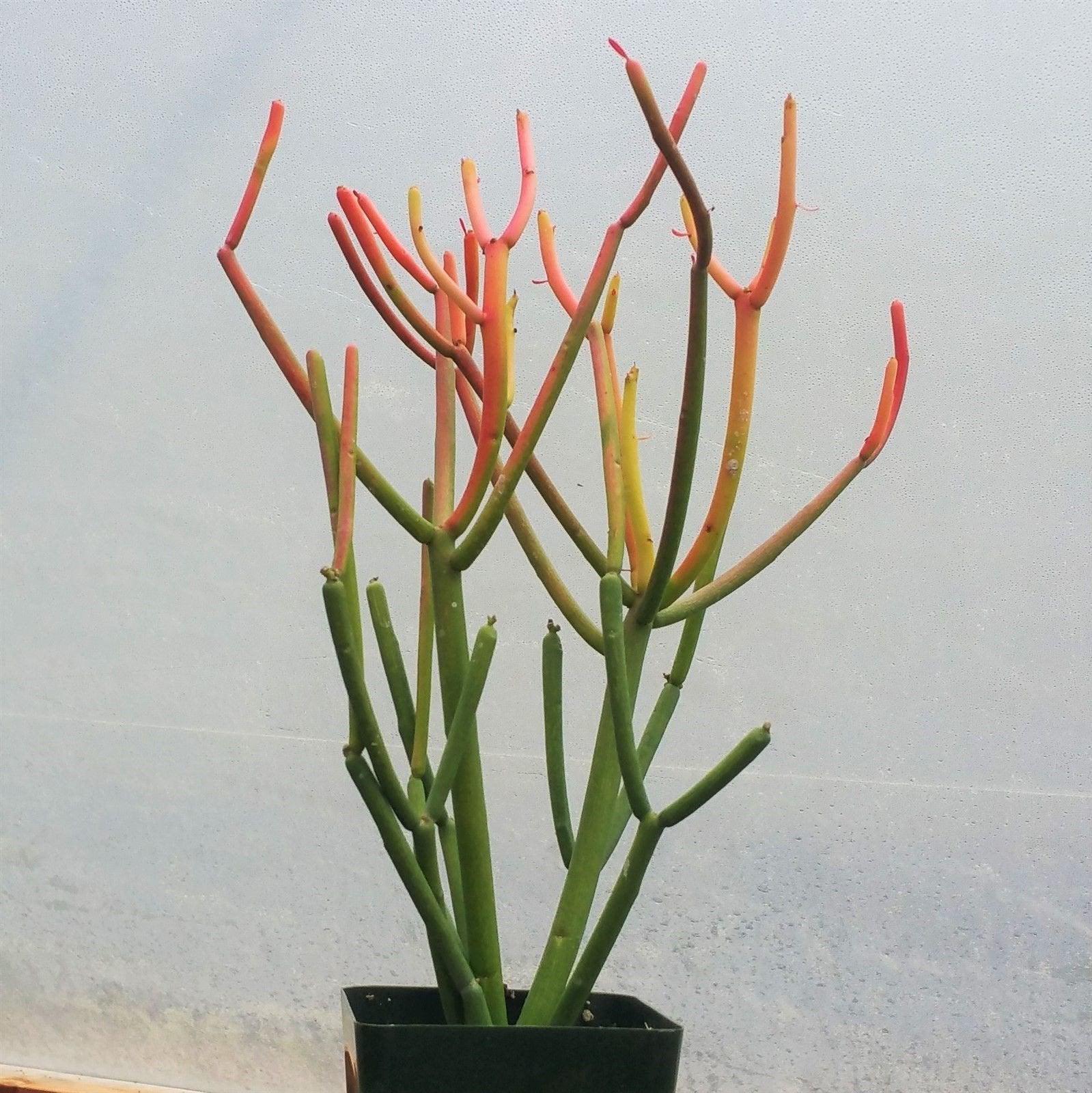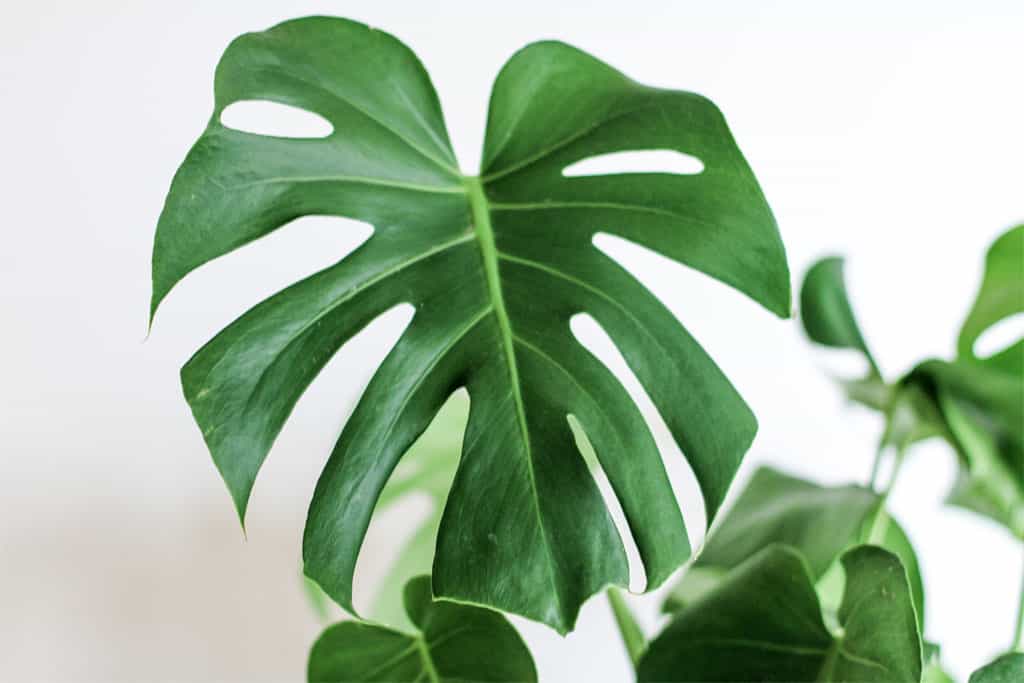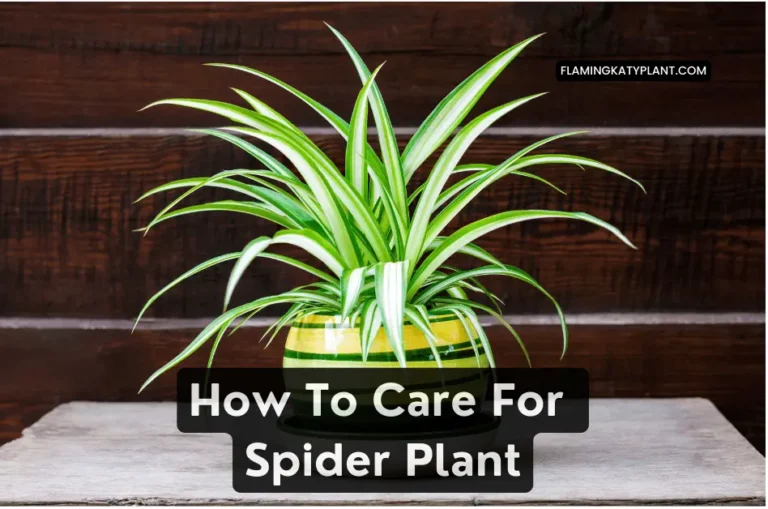How To Care For Hoya Kerrii (Hoya kerrii)
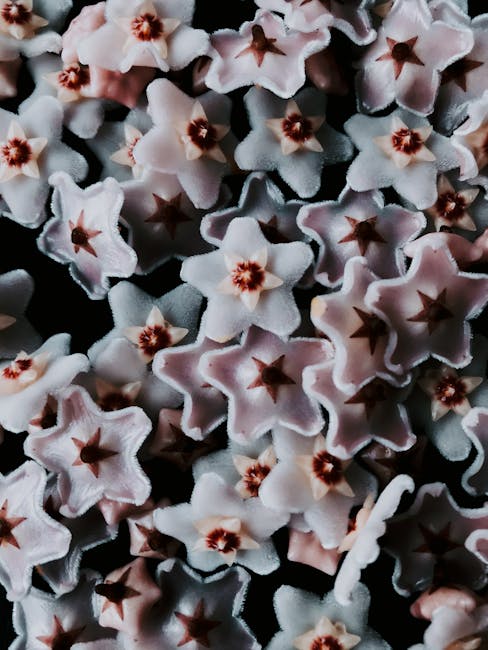
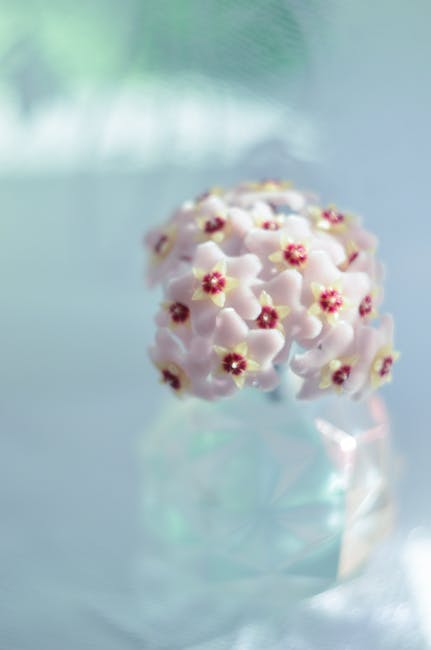
What are the light requirements for Hoya Kerrii?
Hoya Kerrii prefers bright, indirect light. It can tolerate some direct sunlight, but be cautious as too much direct sun can cause the leaves to burn.
How often should I water my Hoya Kerrii?
Water your Hoya Kerrii when the top inch of soil feels dry. It’s best to water thoroughly and allow excess water to drain out of the pot to prevent root rot.
What type of soil is best for Hoya Kerrii?
Use a well-draining potting mix for Hoya Kerrii, such as a mix of regular potting soil with perlite or orchid bark added in to improve drainage.
Can I fertilize my Hoya Kerrii?
Yes, you can fertilize your Hoya Kerrii during the growing season (spring and summer) with a balanced fertilizer. Reduce fertilization or stop altogether during the fall and winter when the plant is not actively growing.
How often should I repot my Hoya Kerrii?
Hoya Kerrii prefers to be slightly root-bound, so you only need to repot it every 2-3 years or when it has outgrown its current pot.
Does Hoya Kerrii require high humidity?
Hoya Kerrii can tolerate normal household humidity levels, but it will appreciate higher humidity. You can increase humidity by misting the plant or placing it on a pebble tray filled with water.
Can I propagate my Hoya Kerrii?
Yes, you can propagate Hoya Kerrii through stem cuttings. Simply cut a healthy stem with at least one node and place it in water or soil to root.
Are there any pests that commonly affect Hoya Kerrii?
Common pests that may affect Hoya Kerrii include mealybugs, spider mites, and aphids. Keep an eye out for any signs of pests and treat them promptly with insecticidal soap or neem oil.
How do I encourage my Hoya Kerrii to bloom?
To encourage blooming, make sure your Hoya Kerrii is getting enough light and is not over-fertilized. You can also try exposing the plant to slightly cooler temperatures (around 60-70°F) in the fall to trigger blooming.
Can I grow Hoya Kerrii outdoors?
Hoya Kerrii can be grown outdoors in USDA zones 10-11, where temperatures do not drop below 50°F. Make sure to place it in a partially shaded spot to protect it from direct sunlight.

